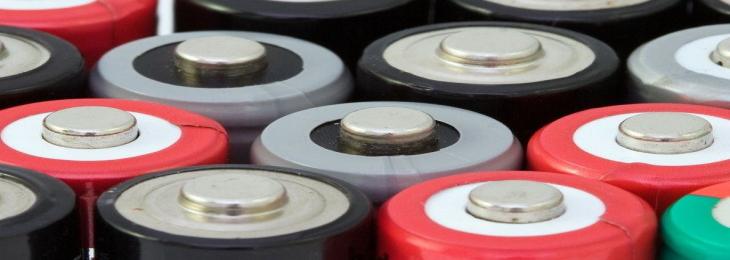
A team led by the University of Münster has created a new zinc-air chemistry that improves the efficiency and recharge-ability of this kind of battery. Zinc-air batteries are excellent energy storage devices–they are rarely rechargeable.
Engineers designed a new electrolyte for the study that enables zinc-air batteries to be recharged. However, other electrolytes in this form of battery, which have a paste-like consistency, the latest design has a liquid consistency. It is made of zinc trifluoromethanesulfonate salt, and is non-alkaline, rendering it more chemically stable – and, most notably, reversible, according to the researchers (i.e., rechargeable). The concern is that the zinc anode oxidizes and becomes “used up,” leaving the battery non-rechargeable. Some prototypes get around this by replacing the zinc elements or using rare-earth mineral catalysts to make them rechargeable, instead of these add additional costs or complexities. Moreover, other batteries, which contain all of their essential components inside the battery, zinc-air batteries rely on oxygen from the ambient air. These batteries "breathe" oxygen, which reacts with the cathode to produce molecules that cross the pastey alkaline electrolyte and react with the zinc anode to create an electric current.
Wei Sun, the study's lead writer, states, "Our revolutionary, non-alkaline electrolyte incorporates a previously unknown reversible zinc peroxide (ZnO2)/O2 chemistry into the zinc-air battery." “The zinc-air battery offers a viable alternative to lithium-ion batteries, with benefits such as environmental friendliness, high protection, and low costs.”
The new batteries, according to the researchers, worked consistently over 320 cycles and 1,600 hours of use. Part of this is due to the electrolyte's water-repelling anions, which hold water away from the cathode surface, rendering it more solid. It's an intriguing creation, owing the team agrees that the concept is still a long way from being realistic. Other experiments have substituted out the costly rare-earth mineral catalysts for more common elements like iron, cobalt, and nickel, allowing zinc-air batteries to be recharged.






